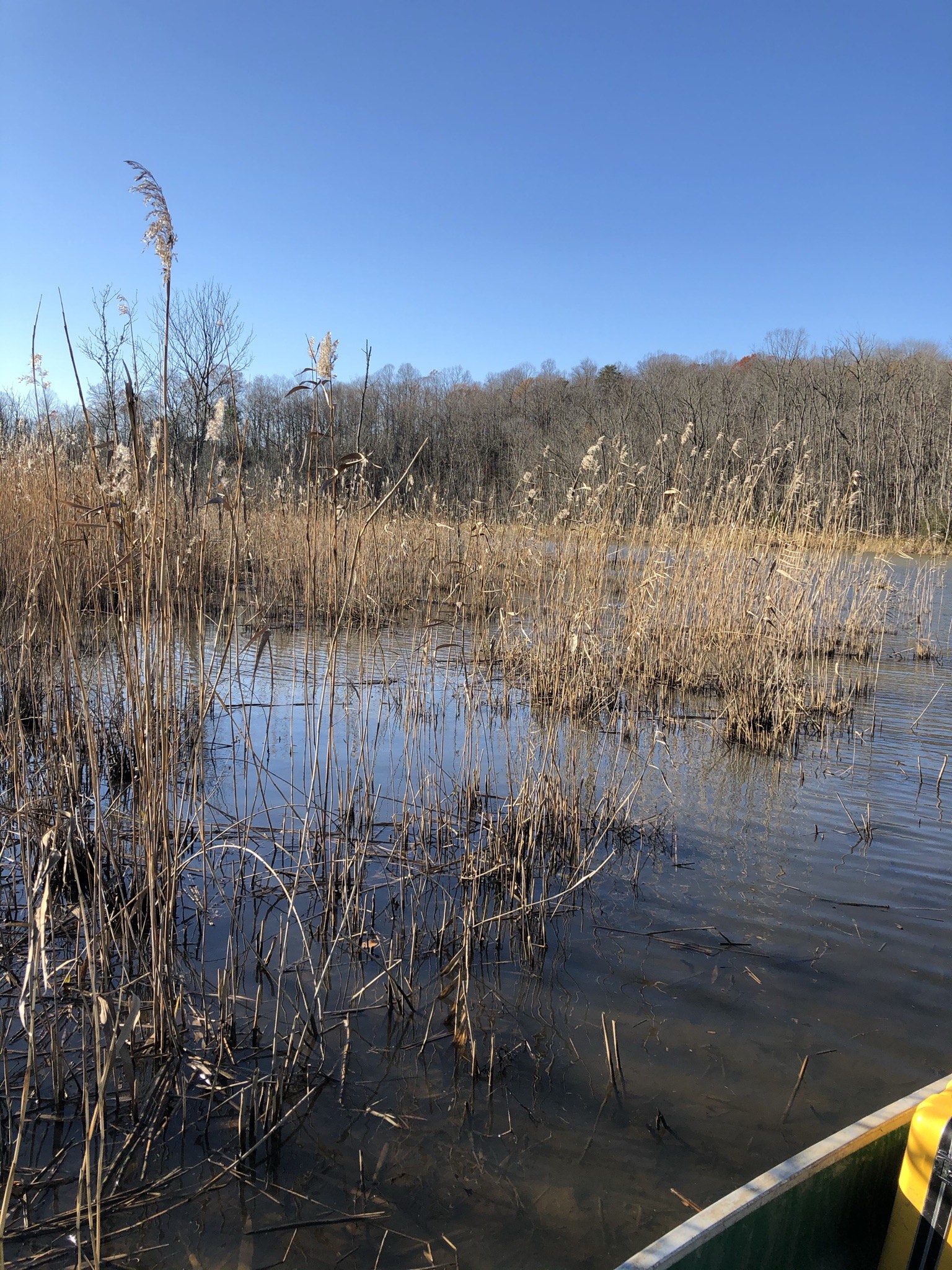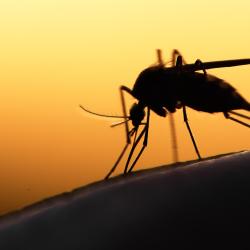UMD Researchers Develop New Method of Tracing Methane Emissions Back to Their Source
Atmospheric methane—a potent greenhouse gas—has surged since 2007. Figuring out where it’s coming from could help mitigate climate change.
Methane is the second most abundant greenhouse gas in Earth’s atmosphere, and its emissions have been rapidly—and mysteriously—rising since 2007. Though pervasive, the colorless compound is tricky to trace back to its origin, complicating efforts to curb gases that trap heat in the atmosphere and warm the planet.
To overcome this challenge, a University of Maryland-led team of researchers developed a new method of “fingerprinting” methane. Published in the journal Proceedings of the National Academy of Sciences, their study analyzed the chemical composition of methane’s rarest forms, known as isotopic variants. This approach will help researchers distinguish fossil fuel sources of methane from microbial sources—a feat that is difficult to achieve with existing methods, which measure methane's more common isotopes.
“Methane plays a significant role in climate change, but there are many unknowns about the reasons behind the recent increase in atmospheric methane,” said the study’s lead author Mojhgan Haghnegahdar, a National Science Foundation postdoctoral fellow in UMD’s Department of Geology. “Our understanding of how to control and decrease methane emissions to the atmosphere is going to be critical for maintaining our standard of living, as well as avoiding huge costs to society in the not-too-distant future.”

The research team analyzed air samples collected from several sites on or near UMD’s College Park, Maryland, campus. Using custom-built extraction equipment, the researchers also captured methane from a covered grill and two wetlands as well as samples of compressed air and natural gas. After isolating and purifying the methane, they used a high-resolution mass spectrometer to take a closer look at methane’s chemical makeup.
Their analyses revealed that microbial sources of methane have a signature that is distinct from fossil fuel sources. The isotopic fingerprint of a particular plume of methane could be used to identify the culprit, helping policymakers trace this greenhouse gas to its source and prioritize their efforts to mitigate it.
“Understanding what drives fluctuations of atmospheric methane carries important implications for how society approaches the mitigation of this greenhouse gas,” Haghnegahdar said. “Do we focus mitigation efforts on fossil sources such as natural gas leakage or on microbial sources such as landfills, agriculture and wetlands? The more we know about methane sources and sinks, the better we can control the emission of methane to the atmosphere.”
Russell Dickerson, an atmospheric and oceanic science professor at UMD and a co-author of this study, explained why methane is so difficult to trace back to its source.
“Methane has many sources—both natural and man-made—so if a landfill and a swamp are located near a natural gas distribution center or near a city with a leaky, old supply infrastructure, it is hard to distinguish which source dominates,” Dickerson explained. “The isotopes can tell us where the methane came from.”
In addition to monitoring current emissions, the researchers believe their methods could be applied retroactively, enabling them to study long-term changes in the global methane cycle. As a next step, the team is working to obtain decades-old air samples to determine whether past models of methane emissions are accurate. Going forward, their method could also be used to determine whether any efforts to mitigate or remove methane from the atmosphere are successful.
Methane is more than 28 times as potent as carbon dioxide at trapping heat in the atmosphere. However, methane has a shorter lifetime—roughly 10 years—than the hundreds of years that carbon dioxide can linger in the atmosphere. This makes it a meaningful target for climate action, according to study co-author James Farquhar.
“Reducing methane is one of the few things we can do that will have some effect in our lifetime,” said Farquhar, a Distinguished University Professor and chair of UMD’s Department of Geology. “If we can buy just 50 years so that other people can figure out how to address climate change, we’re going to be living in a much different world.”
###
In addition to Haghnegahdar, Dickerson and Farquhar, UMD-affiliated co-authors of the study included Geology Professor Alan Jay Kaufman, Department of Environmental Science and Technology Associate Professor Stephanie Yarwood, Geology Postdoctoral Associate Amaury Bouyon, biological sciences Ph.D. student Nora Hamovit, Nicole Hultquist (B.S. ’21, chemistry, B.S. ’21, anthropology), Geology Associate Research Scientist Cedric Magen and geology Ph.D. student Jiayang Sun.
Their paper, “Tracing Sources of Atmospheric Methane Using Clumped Isotopes,” was published in the journal Proceedings of the National Academy of Sciences on November 13, 2023.
This research was supported by the National Science Foundation (Grant No. EAR-PF: 2052834), a Water Resources Research Act Program grant from the U.S. Geological Survey and the University of Maryland President's Postdoctoral Fellowship Program. This article does not necessarily reflect the views of these organizations.







